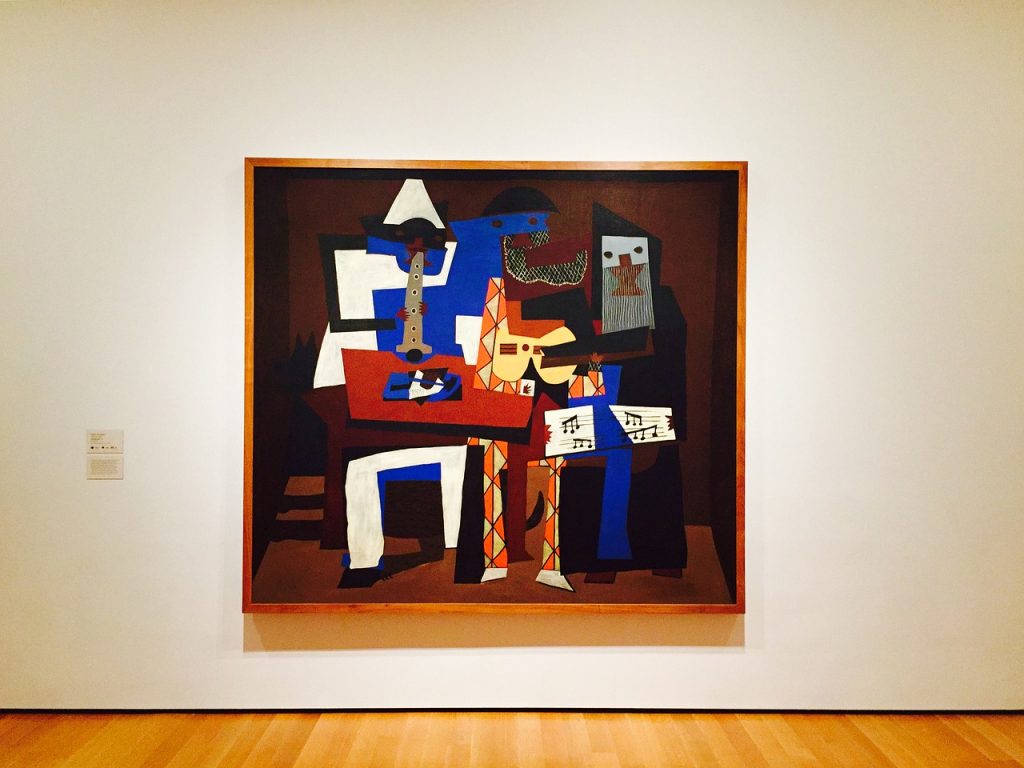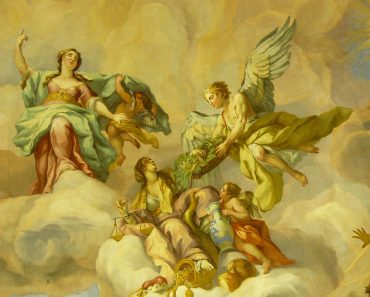Art movements reflect the age and society in which they exist in, but often a style will gain such great momentum that it leaves a lasting impression. This impression can impact other notable figures and create a chain of influence which continues to inspire long after the movement has passed and its pioneers leave us. Pieces with this immortal quality can seep their way into popular culture and take on lives of their own. Here are the 5 art trend that will never go out of style.
1.With deep seeded literary roots Surrealism Art explores the subconscious realm of symbolism and motif. Moustached master Salvador Dali’s Persistence of Memory 1931 is one of the most easily recognisable art pieces ever to have been created. The iconic melting clocks express the slipping and ungraspable quality of time. Belgian artist René Magritte is the man, quite literally, behind the self-portrait in Son of Man 1946. The paintings plays with the contrast of visible and hidden and his recycled use of the green apple has been sourced as the inspiration behind the now famous Apple Inc.
2.Colour blocking is a phrase commonly used in the world of fashion, but this fashion trend may not have existed if not for the 1917 Dutch De Stijl movement. Led by Piet Mondriaan and Theo van Doesburg the geometric lines and blocks of primary colours allude to the themes of contrast, balance and negative space. De Stijl is firmly cemented in global artistic culture and continues to influence everything from architecture and the Rietveld Schröder House built in 1924, to music including The White Stripes album De Stijl.

3.Pablo Picasso was one of most famous artists of the 20th century and he along with Georges Braque embraced the chaotic distortion that is Cubism. Instead of portraying the subject with its obvious angles, Picasso and Braque set out to present various perspectives of an object within a single artwork. This three dimensional form changed art as it stepped away from traditional techniques.
4.Until the 1950s art was generally seen as highbrow, but Pop Art changed that idea as it blurred the lines between popular culture and fine art with the use of commercial imagery. Roy Liechtenstein’s comic strip work often featured dialogue and Ben-Day dots and both are evident in his piece Drowning Girl 1963, but the artist most synonyms with this style is Andy Warhol. Warhol’s use of repetition, silk screening and vivid colours is easily recognised and his artwork is counted amongst the most expensive paintings ever sold. Marilyn Diptych 1962 and Campbell’s Soup Cans 1962 are still studied amongst various age groups at school. Ironically, Warhol has become as ingrained in pop culture as the subjects his depicted.
5.The Impressionist movement sought to capture an impression on the canvas. Instead of fleshing out the focal point, impressionist artists such as Claude Monet, Auguste Renoir, Edgar Degas and Paul Cézanne brought the same absence details to the foreground as they did the background. Another similarity between these artists and many other impressionist painters was the practice of ‘en plein air’ or outdoor painting. To this day Claude Monet has a solid fan base who flock to his home in Giverny, Paris to see the gardens behind many of his most notable works. This living museum allows new generations of art enthusiasts to admire his work and the Impressionist style.




Hi, this is a comment.
To get started with moderating, editing, and deleting comments, please visit the Comments screen in the dashboard.
Commenter avatars come from Gravatar.